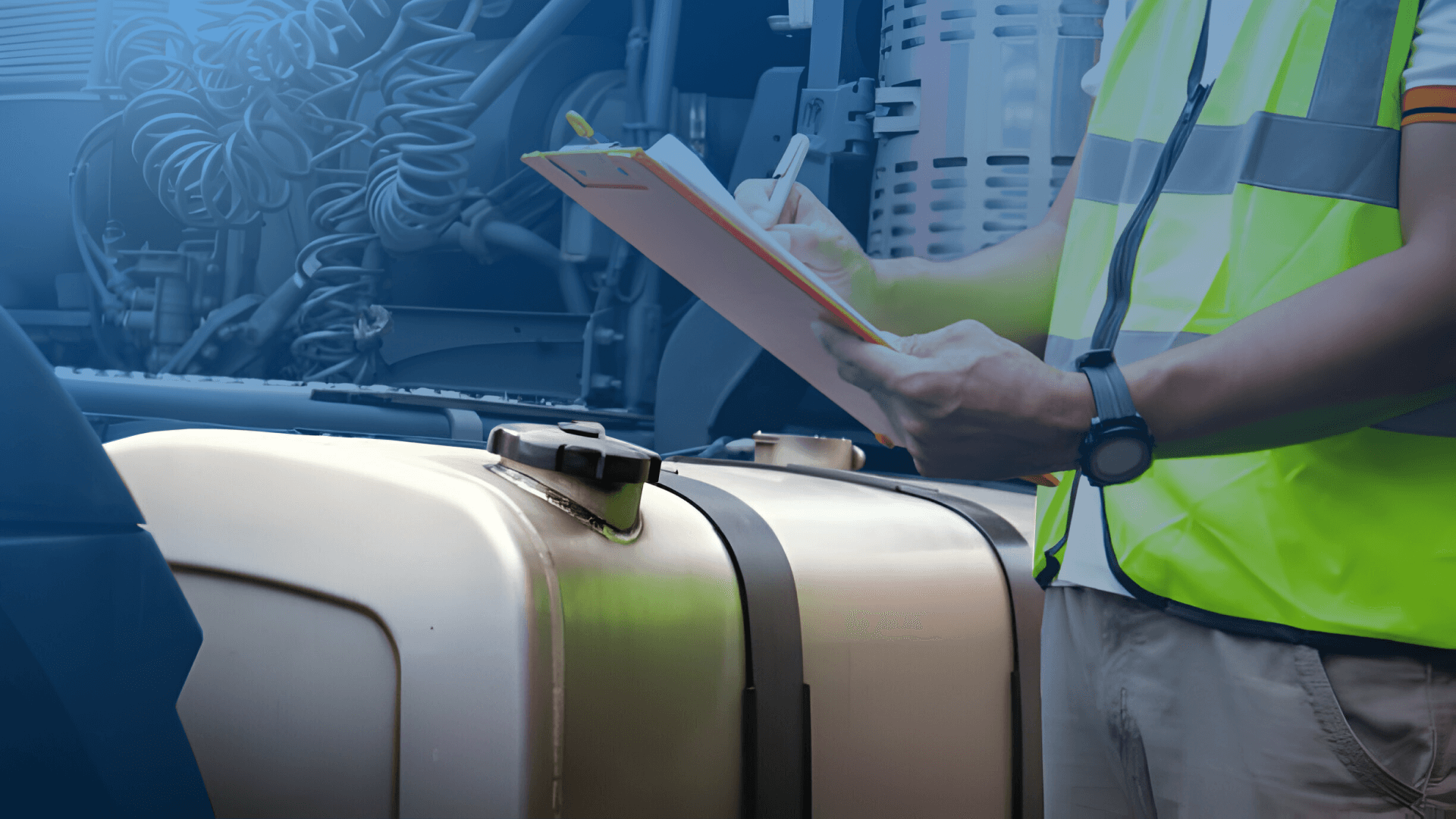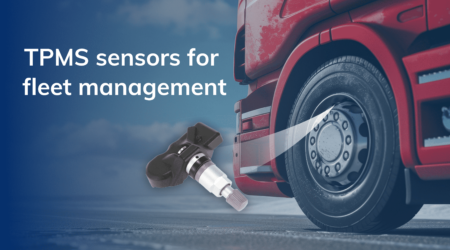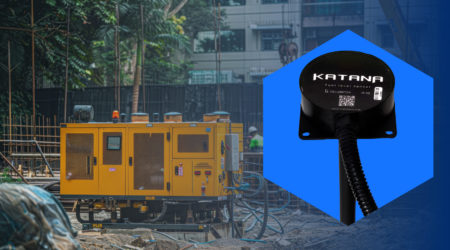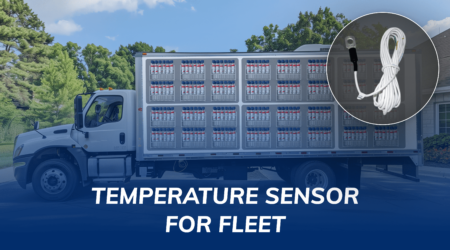The Ultimate Guide to Understanding Fuel Level Sensor


Fuel level sensor are critical components in managing and monitoring the amount of fuel in tanks across various industries, including automotive, aviation, marine, and industrial sectors. These sensors not only help in ensuring operational efficiency but also play a crucial role in safety and maintenance routines. Understanding how sensors work, their types, applications, and best practices for selection, installation, and maintenance can significantly impact the effectiveness of fuel management systems.
This guide aims to provide a comprehensive overview of fuel sensors, covering their principles of operation, types, selection criteria, and practical advice for installation and maintenance.
Understanding Fuel Level Sensors
Fuel sensors are essential instruments used across various industries to measure the amount of fuel in tanks. These devices ensure the efficient operation of machinery and vehicles by providing accurate data on fuel availability, which is critical for planning and safety. This section explores what are fuel sensors, how they work, and where they are applied.
What Are Fuel Level Sensors?
Fuel level sensors, as the name suggests, are devices designed to measure the level of fuel in a tank. These sensors can vary significantly in design, technology, and application, but their primary purpose remains the same: to provide accurate, real-time data regarding fuel levels. The main types of sensors include float-type, capacitive, ultrasonic, and resistive sensors, each with its unique operating principle and suited for different applications.
Types of Fuel Sensors:
- Resistive Fuel Sensors:
Measure the fuel level by detecting the resistance changes as the fuel level changes. - Capacitive Fuel Sensors:
Use capacitive technology to measure the fuel level based on the dielectric constant of the fuel. - Ultrasonic Fuel Sensors:
Utilize ultrasonic waves to determine the fuel level by measuring the time it takes for the waves to reflect off the fuel surface. - Optical Fuel Sensors:
Use light to measure the fuel level by detecting changes in the light beam’s path when it passes through the fuel.
How Do Fuel Level Sensors Work?
The operation of fuel sensors depends on their type:
- Float-Type Sensors: These utilize a buoyant float attached to an arm or encased in a tube, moving up and down with the fuel level. The movement is then translated into an electrical signal indicating the fuel level.
- Capacitive Sensors: These measure the level of fuel based on the change in capacitance as the fuel level changes. They are known for their high accuracy and reliability in various conditions.
- Ultrasonic Sensors: These use sound waves to detect the fuel level. An ultrasonic signal is sent from the top of the tank and reflects back from the surface of the fuel, with the time taken for the echo to return indicating the level of fuel.
- Resistive Sensors: These operate by changing resistance in a circuit proportional to the fuel level. A float moves a slider across a resistive element, altering the resistance according to the fuel level.
Applications of Fuel Level Sensors
- Automotive Industry: In vehicles, fuel sensors help monitor fuel consumption and remaining fuel, crucial for engine management systems and driver information.
- Aviation Sector: Aircraft require precise fuel level monitoring for safety, efficiency, and compliance with aviation regulations.
- Marine Applications: Ships and boats use fuel level sensors to manage fuel supply for long voyages, ensuring optimal usage and refueling needs.
- Industrial and Agricultural Machinery: Fuel level sensors in generators, tractors, and other machinery help in maintaining operational efficiency and scheduling maintenance or refueling.
Types of Fuel Level Sensors
The effectiveness of a fuel level sensor largely depends on its type and how well it suits a particular application. This section breaks down the common types of fuel level sensors, discussing their workings, advantages, and potential drawbacks.
Float-Type Sensors
Float-type sensors are among the oldest and most commonly used fuel-level sensors. They feature a float that rises and falls with the fuel level, mechanically or magnetically translating this movement into an electrical signal. Advantages include simplicity and low cost. Limitations involve mechanical wear and potential inaccuracies due to fuel sloshing.
Capacitive Fuel Level Sensors
Capacitive sensors measure the level of fuel by detecting changes in capacitance caused by varying fuel level. These sensors are highly accurate and less affected by temperature changes and contaminants. Benefits include their non-mechanical nature, reducing wear and tear. However, they can be more expensive and may require calibration for different fuel types. Capacitive sensors can be both wired and wireless.
Ultrasonic Fuel Level Sensors
Ultrasonic sensors calculate fuel level by measuring the time it takes for sound waves to travel to the fuel surface and back. They are non-contact, reducing the risk of contamination or mechanical failure. Advantages include accuracy and versatility. Challenges may arise from foam on the fuel surface or extreme tank shapes affecting measurements.
Resistive Fuel Level Sensors
Resistive sensors work by changing resistance in a circuit proportional to the fuel level, offering a straightforward and reliable measurement method. These sensors are cost-effective and easy to install. However, they can suffer from wear and may require frequent calibration in environments with wide temperature fluctuations.
Each type of fuel sensor has its unique set of characteristics, making it more or less suitable for different applications. The choice between these sensors involves considering factors such as accuracy requirements, environmental conditions, and budget constraints.
Selecting the Right Fuel Level Sensor
Choosing the appropriate fuel sensor is crucial for ensuring accurate and reliable fuel level measurements. This selection process involves considering several factors to match the sensor’s characteristics with the application’s requirements. This section outlines the key considerations and offers insights into comparing different types of sensors for various uses.
Factors to Consider
When selecting a fuel sensors, several critical factors come into play:
- Accuracy: The precision required for the application. High-accuracy sensors are essential in industries where fuel level precision impacts safety and efficiency, such as aviation and marine.
- Measurement Range: The size of the tank or the range of fuel level changes that the sensor must accurately measure.
- Environmental Conditions: Exposure to extreme temperatures, pressure, vibration, and potential contaminants can affect sensor performance. Choosing a sensor that can withstand these conditions is vital.
- Compatibility: The sensor must be compatible with the type of fuel it will measure, as different sensors may react differently to various fuel types.
- Cost: Budget constraints can influence sensor choice. It’s important to balance cost with the required features and reliability.
Comparison of Sensor Types
Understanding how each sensor type stacks up against these considerations helps in making an informed decision:
- Float-Type Sensors are generally cost-effective and simple, making them suitable for basic applications where high precision is not critical. However, their mechanical parts may wear out and they may not perform well in high-vibration environments.
- Capacitive Sensors offer high accuracy and are less affected by environmental conditions. This makes them ideal for applications requiring precise measurements and reliability under varying conditions. They are, however, more expensive and may require calibration for different types of fuel.
- Ultrasonic Sensors provide a non-contact measurement method, which is beneficial in environments where contamination or sensor wear is a concern. They are versatile and accurate but may be affected by extreme tank shapes and the presence of foam on the fuel surface.
- Resistive Sensors are known for their simplicity and cost-effectiveness. These sensors are easy to install and suitable for a wide range of applications. The accuracy can be influenced by temperature changes, and they may require regular maintenance.
Installation and Maintenance
Once the right sensor is selected, proper installation and regular maintenance are key to ensuring long-term accuracy and reliability.
Installation Tips
- Follow Manufacturer Instructions: Carefully adhering to the sensor manufacturer’s installation guidelines is crucial for optimal performance.
- Consider Tank Shape and Size: Placement within the tank should ensure the sensor accurately reflects fuel levels, avoiding areas with potential interference from tank structures.
- Avoid High-Vibration Areas: Especially for mechanical sensors, installing them away from high-vibration parts can reduce wear and improve longevity.
Maintenance and Troubleshooting
- Regular Calibration: Some sensors, especially resistive and capacitive types, may require periodic calibration to maintain accuracy.
- Cleanliness: Keeping the sensor clean, particularly for ultrasonic and capacitive sensors, ensures accurate measurements.
- Troubleshooting Common Issues: Identifying symptoms such as erratic readings or no readings can help pinpoint issues. These issues are often related to wiring, sensor alignment, or calibration needs.
Future Trends and Innovations
The future of fuel level sensing technology is promising, with innovations aimed at increasing accuracy, reliability, and applicability in challenging environments.
- Smart Sensors: Integration with IoT (Internet of Things) for real-time monitoring and data analysis offers enhanced fuel management capabilities.
- Advanced Materials: New sensor materials that are more resistant to corrosion and wear can prolong sensor life and reduce maintenance needs.
- Non-Contact Sensing Technologies: Further developments in ultrasonic and other non-contact sensing methods are expected to improve performance in extreme conditions.
Conclusion
Understanding sensors—from their types, operating principles, to selection criteria—is essential for optimal fuel management across various industries. This guide has covered the essentials, from the basics of how these sensors work to the latest trends in sensor technology. Whether for automotive, aviation, marine, or industrial applications, choosing the right sensor, installing it correctly, and maintaining it can significantly impact operational efficiency and safety.
By keeping abreast of new developments and innovations in fuel level sensing technology, industries can continue to improve their fuel management practices, ensuring sustainability and efficiency in their operations.



